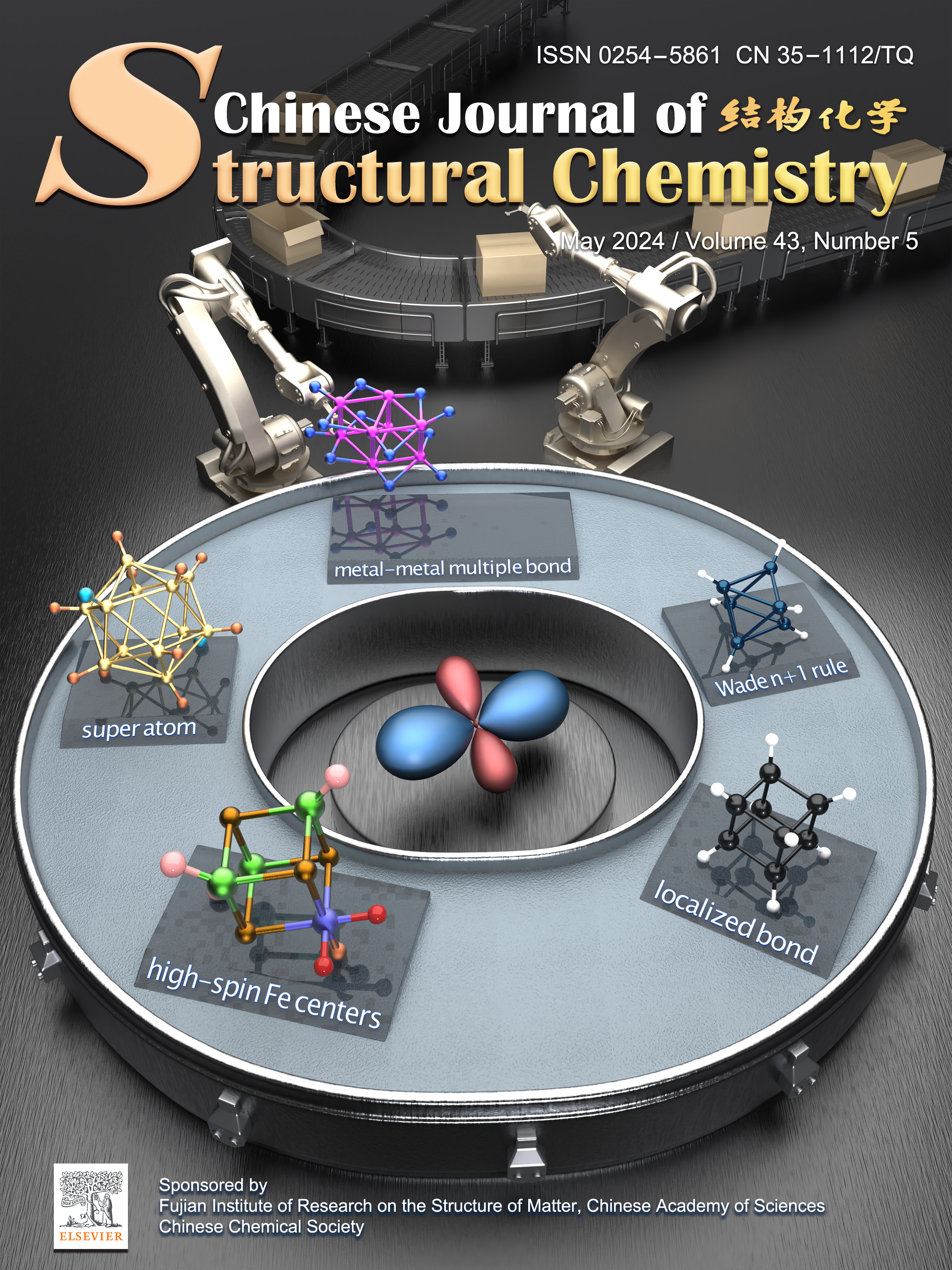Yuhan Wu*, Qing Zhao, Zhijie Wang
Chin. J. Struct. Chem., 2024, 43: 100271. DOI: 10.1016/j.cjsc.2024.100271
May 15, 2024
ABSTRACT
In conclusion, LVOs have been shown the feasibility as Ca2+ host materials, but it is worthwhile to consider how to accelerate the ion and electron transfer rates and enhance structural stability simultaneously with a view to realizing high specific capacities, long cycling stability and fast charging/discharging capability (Fig. 2). “Every cloud has a silver lining”. Although improvement strategies, such as interlayer engineering, nanostructural design, etc., have exhibited significant enhancement, more attention should be paid to their negative effects and operation difficulties. Additionally, we would like to emphasize that LVOs have been widely used in other multivalent ion (e.g., Zn2+, Al2+) batteries, but the experiences and knowledge obtained cannot be directly applied to CIBs because the discrepancies of various multivalent ions like charge density and ionic radius may result in significantly different charge storage behaviors regardless of the physical/chemical similarities. As an emerging battery technology, CIBs also remain elusory issues in anode/electrolyte interphase. The surface of the Ca metal anode is easily passivated in most conventional electrolytes with sluggish and poorly reversible Ca stripping/plating behaviors. The modification of cathode materials is suggested to be in combination with electrolyte design to achieve further improvements in CIBs.







